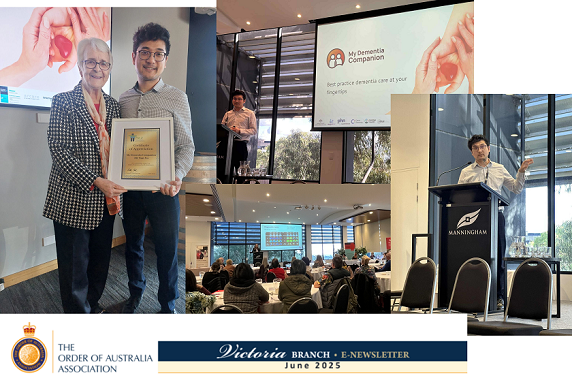Sep- Oct 23 updates: new PRO features, new Sections and more
- Nan
- Oct 30, 2023
- 3 min read
We have received great user feedback as our user base grows. Our latest content update include:
New Section added: “Huntington’s disease and dementia”
New Section added: “Alcohol related dementia”
All links within the "Changed Behaviours" Section now ling to "Problem solving using PECT", so this popular care strategy can be more accessible for users to learn ways to uncover unmet needs which triggers changed behaviours more easily.
Our latest PRO app updates include:
New feature to Discharge and Readmit a client
New feature to view the whole history and activities of a client and carer
Updated “View as” feature to further promote person-centred care.
Note: Please refresh your browser to see the updates.
PRO product update
Client management and history update
In the “Client & Carer” tab, you can now
Discharge and Readmit a client. When discharged, they will drop to the bottom of your client and carer list, so you can keep the list clean and still find them if needed. You can also Readmit that Client & Carer via the same button in the future which will bring them back up to the top of the list.
View all of your support activities and history in one spot for your client and carer. Simply click on the “clock” icon on the top right of a selected client and carer.
Note, My Dementia Companion PRO does not replace your client management system. It should be used alongside current systems as a powerful “cheat sheet” to help you map out your clients’ dementia journey, prompt you on questions to ask and care strategies to put in place.
Client ID for people without emails
Now you can create client and carer profiles without an email! For carers who don’t have an email address, you can still create a profile to map the person’s journey and track your support. All you have to do is:
Go to the “Client & Carer” tab and create a client
Enter the client ID from your care system, so you can manage duplicates and clients with same names
When you have provided support from a Sections, such as printing off leaflets or handouts, click “Mark Done”.
Note, if you want to share resources electronically such as a video, you will still need an email.

"View as" feature update
We have also improved the “View as” feature based on feedback. To improve our focus on person-centred care, when you select to view as a client and carer, the whole PRO app will now be personalised to their journey!
Check it out!

Content update
New Section: "Huntington's disease and dementia" and "Alcohol-related dementia"

s our user base grows, we have expanded the resources for both CARER and PRO apps to include less common types of dementia, such as “Huntington’s disease and dementia” and “Alcohol-related dementia”, including Korsakoff’s syndrome and Wernicke-Korsakoff syndrome.
Whilst they share many similar care strategies with other types of dementia, there are many specific strategies that applies to Huntington’s disease and alcohol-related dementia.
You can explore the two Sections within the Topic "Understanding dementia" from the "More Topics" tab (CARER app) or the "All info" tab (PRO app), or search using keywords like "Huntington" or "alcohol".
Update to changed behaviours, PECT and unmet needs
One of the most popular Sections within the My Dementia Companion apps is “Problem solving using PECT” under the Topic “Understanding unmet needs, daily challenges and changed behaviours” Topic.
People have always emailed us to say how useful this is because it has empowered them to be “dementia care detectives” in uncovering unmet needs that trigger changed behaviours. And the great thing is that this is easy, just follow the PECT model.
To make this great resource more accessible, we have now linked it to ALL of our changed behaviour Sections, such as repetition, wandering, shadowing, sundowning and more.
For family and friend carers, we encourage you continue review the PECT model to build your skills in managing changed behaviours.
For providers and professionals, this means you can complete your behaviour plans and also allows you to share this with carers more easily.





Comments